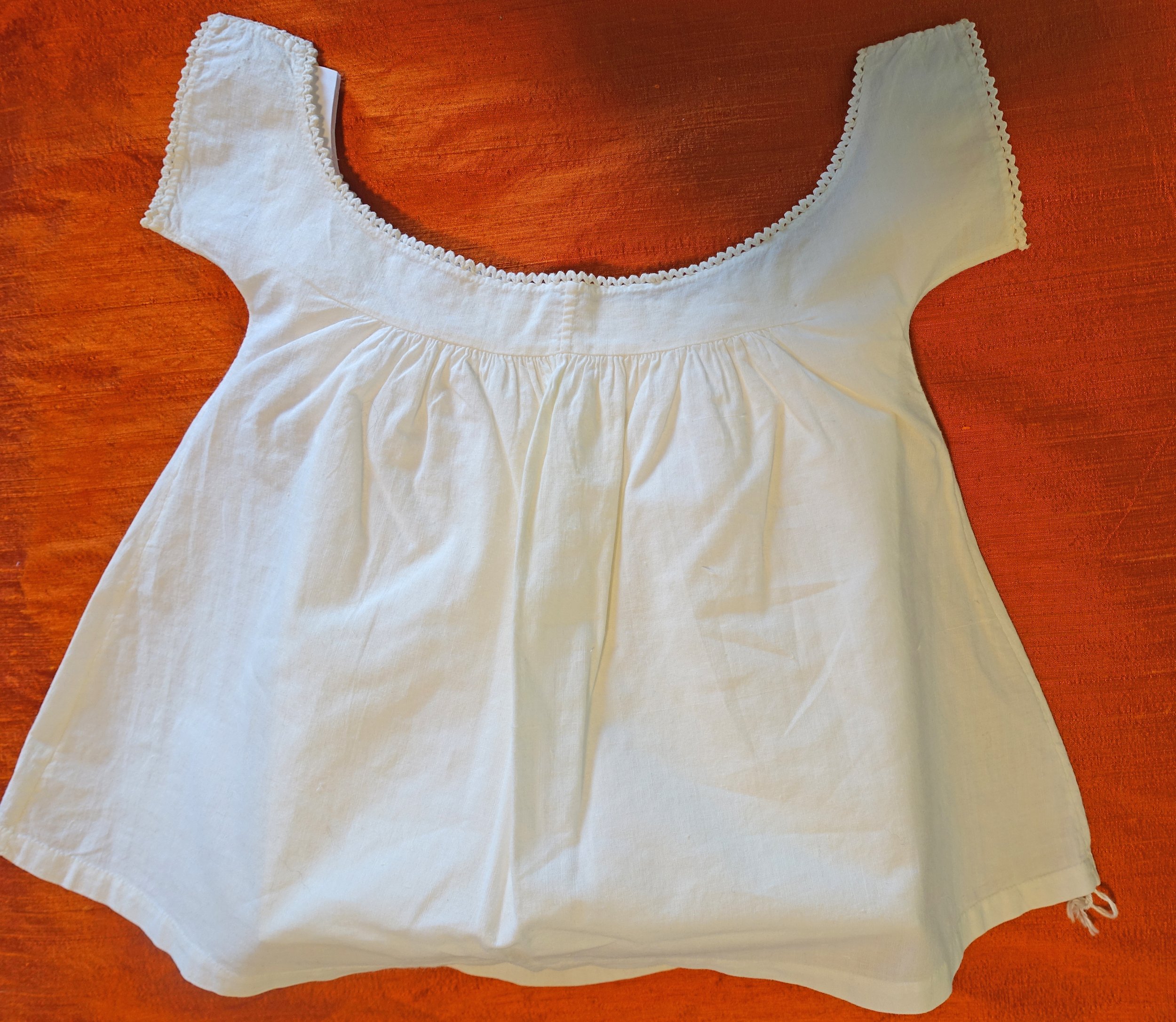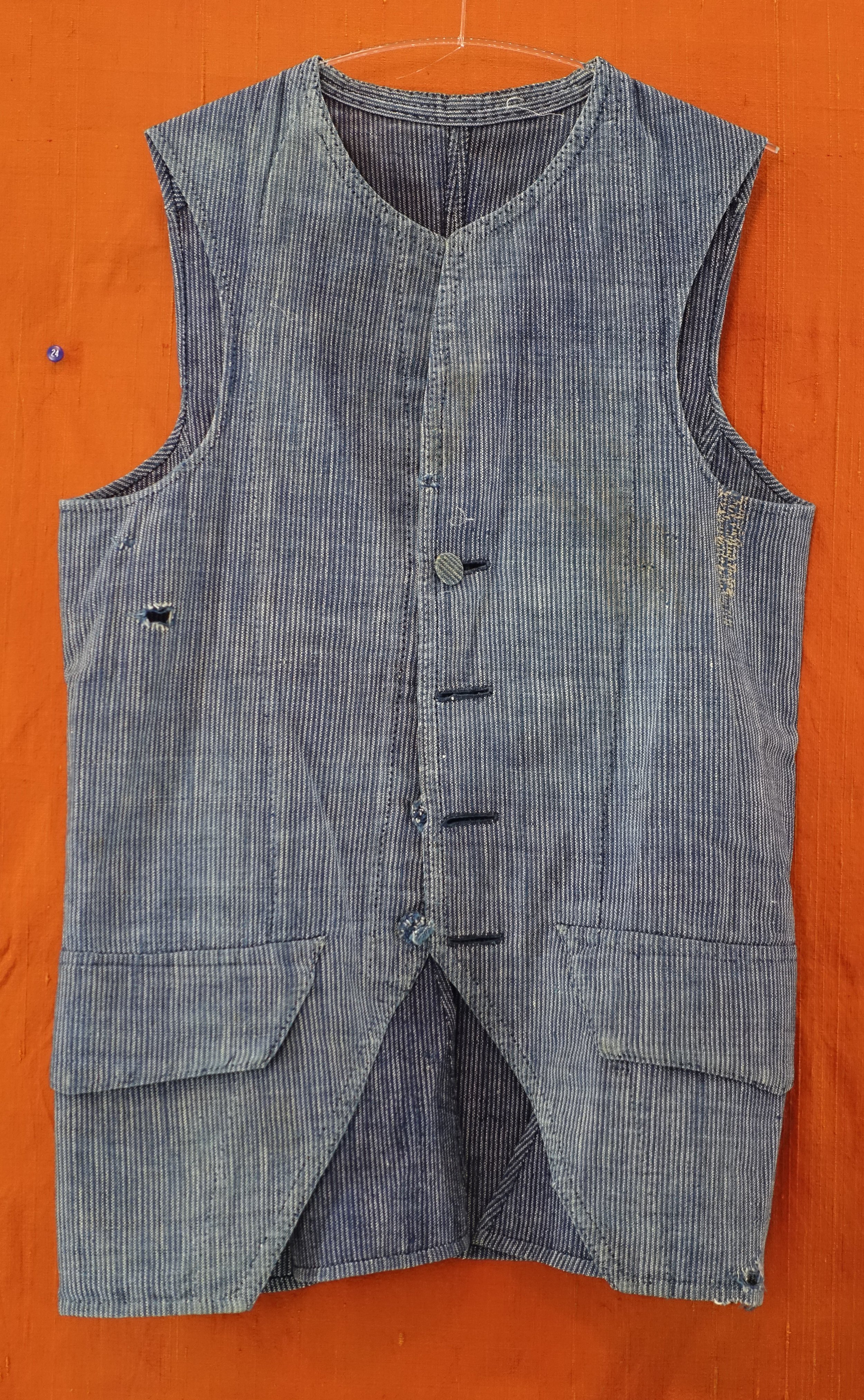Children’s Shoes
In the 19th century, much like now, infants wore stockings or soft booties to keep their feet warm. When they were ready to stand or walk, they were given soft-soled versions of adult shoes. These shoes, unlike modern children’s shoes, have no arch support. Many of them close with buttons which require special tools called buttonhooks.




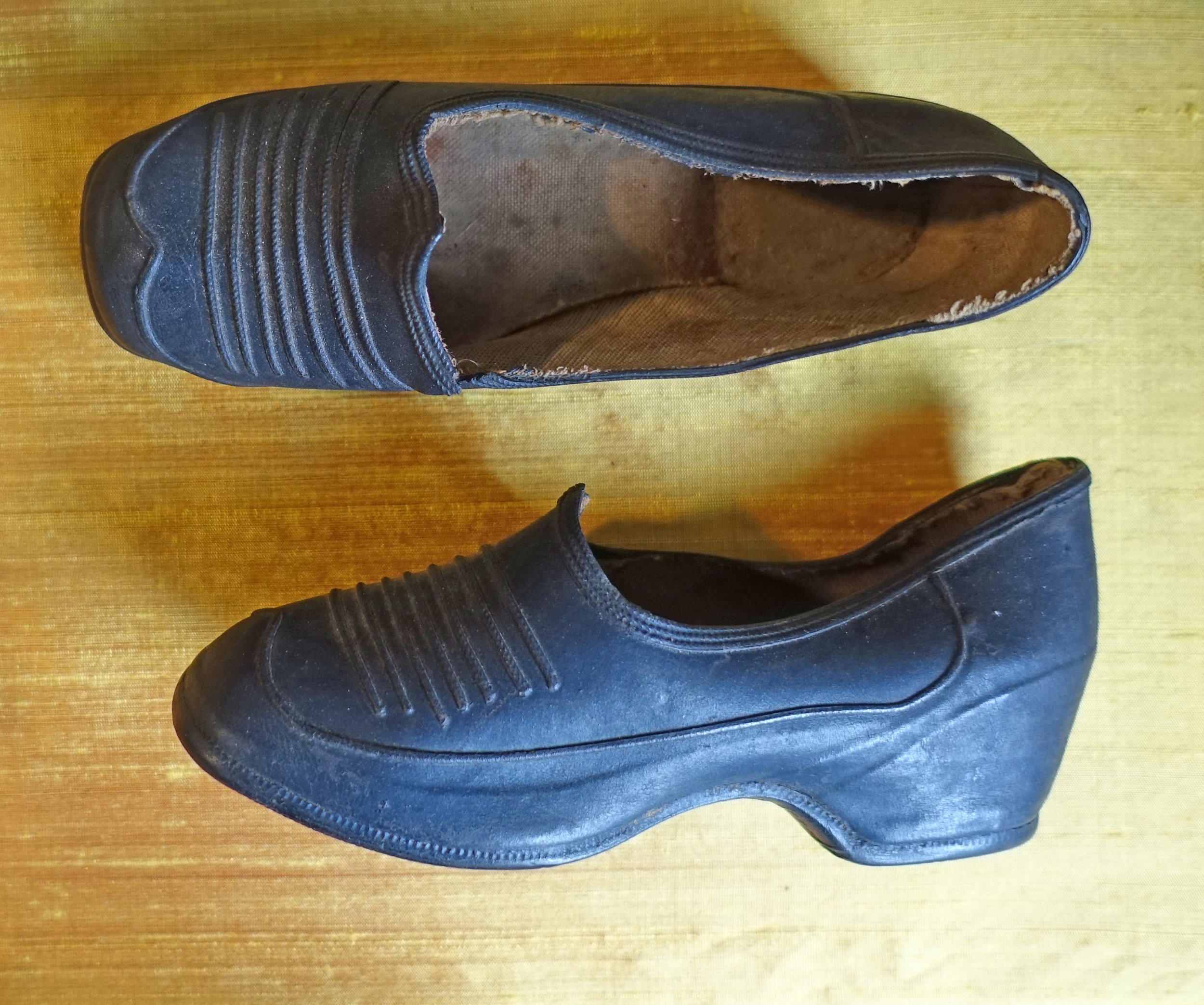

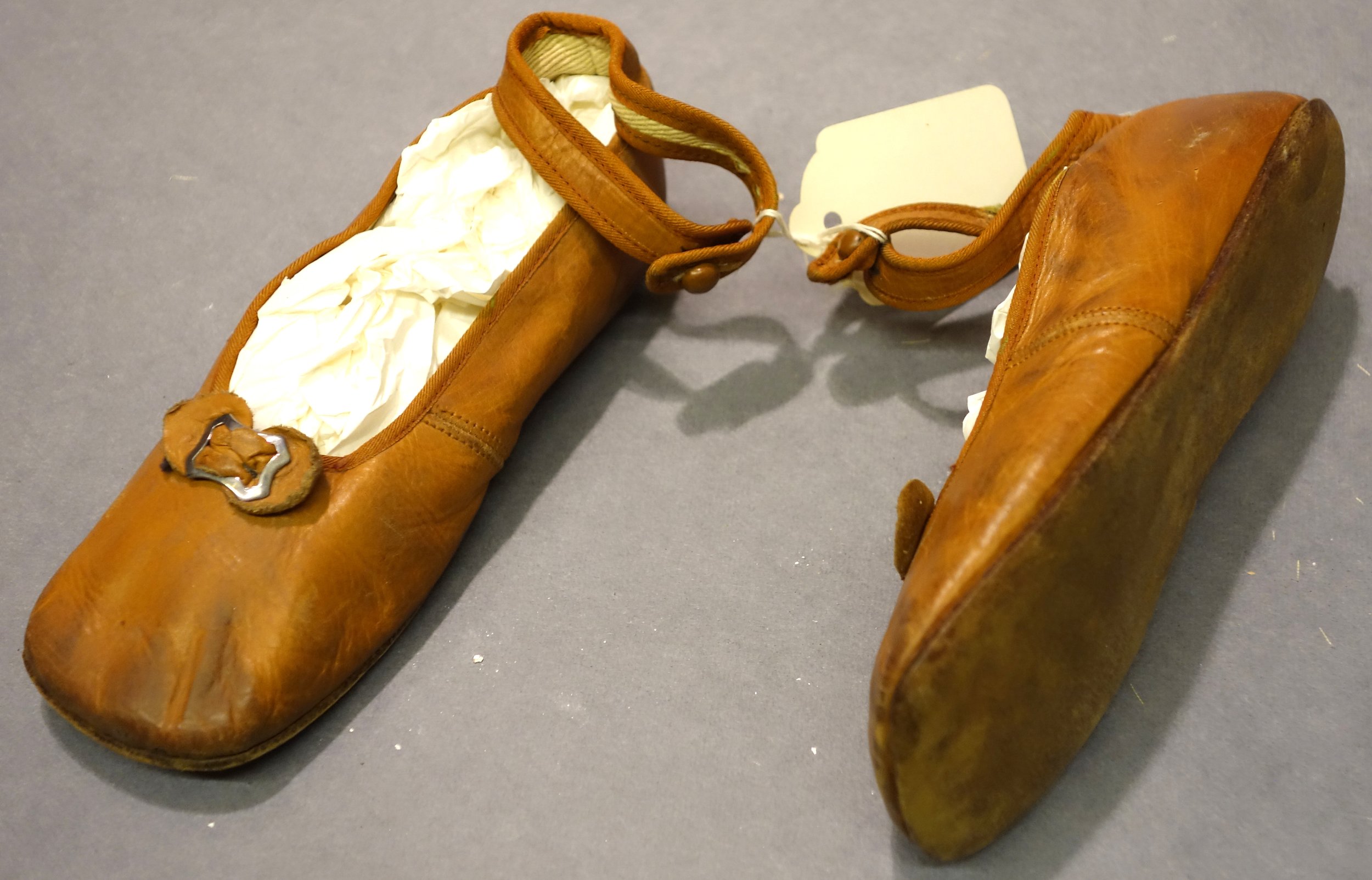
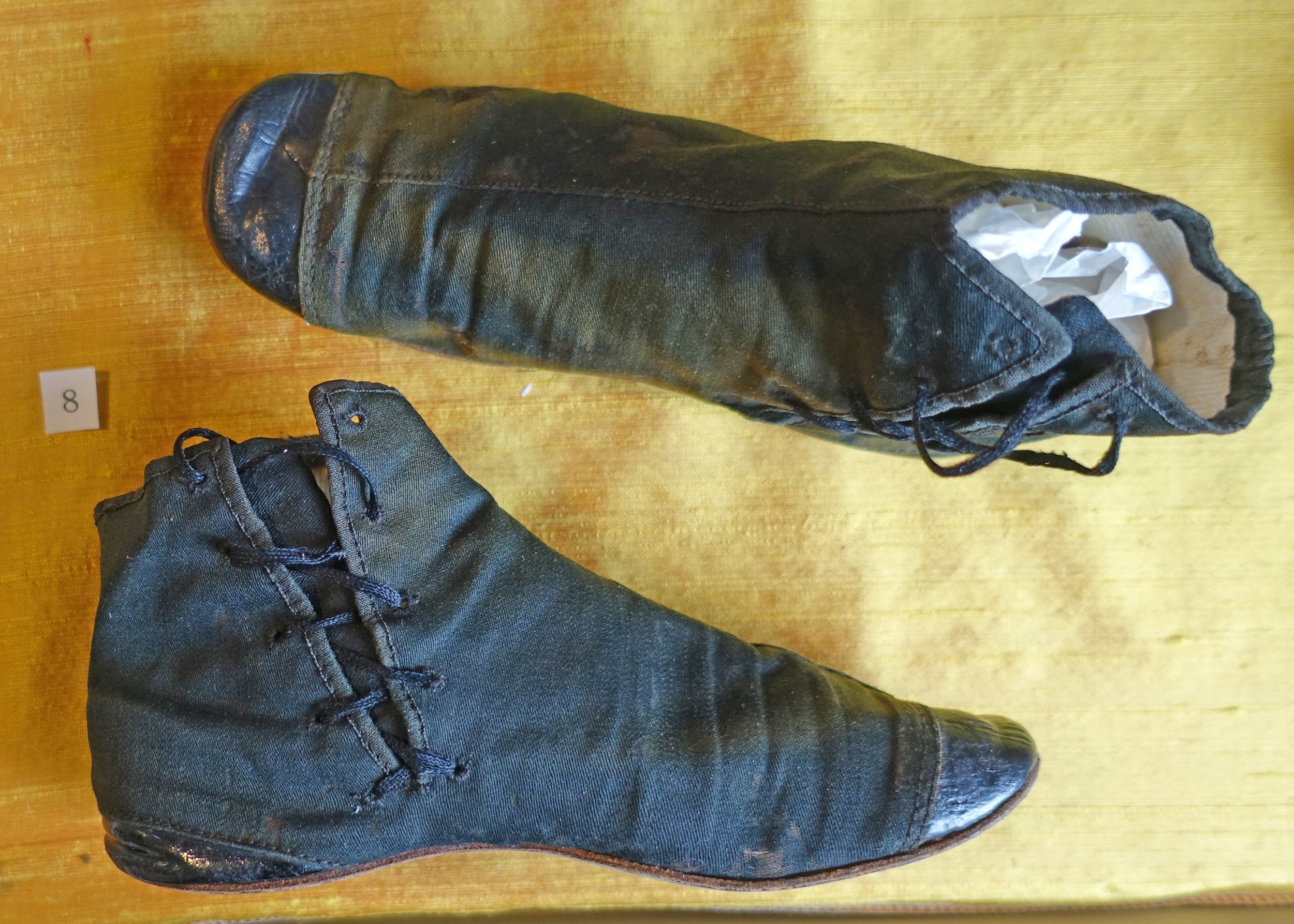
Gender Neutral
In early childhood, boys and girls were dressed identically. Somewhere between the ages of 4 and 8 a boy would get his first pair of pants and his first haircut. Very young children, like babies, were dressed in white, which could be bleached and boiled. Small patterns became popular in the mid-century for both boys and girls. Until the twentieth century, colors were not assigned to one gender or the other.



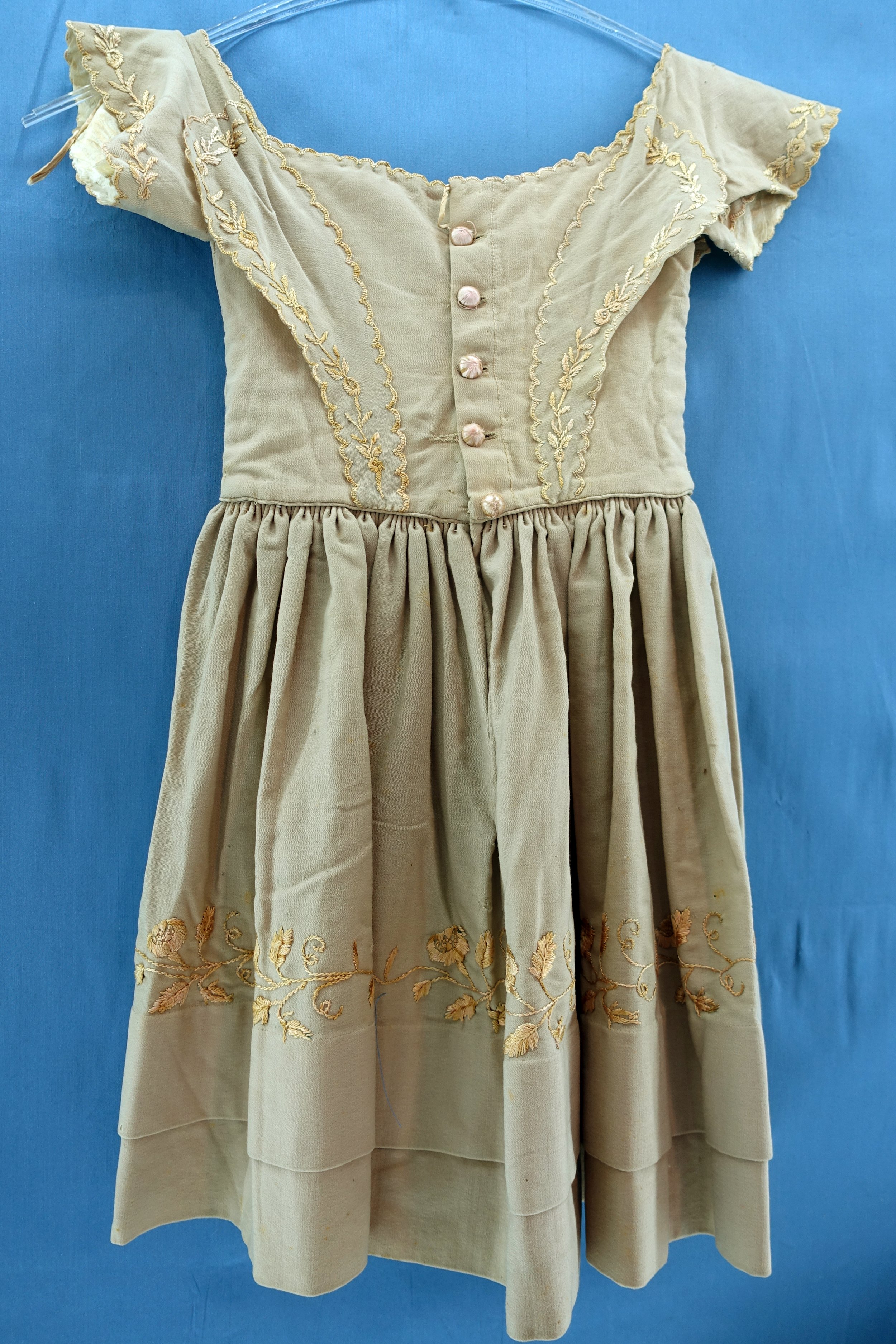

Children as Small Adults
There were many reasons to dress children as small adults. A poor child dressed like an adult was more likely to be accepted to work in a factory to help support the family. A wealthy child in restrictive adult-style clothing was more likely to be well-behaved and manageable. It wasn’t until the 20th century that childhood was embraced as a separate and special time of life.
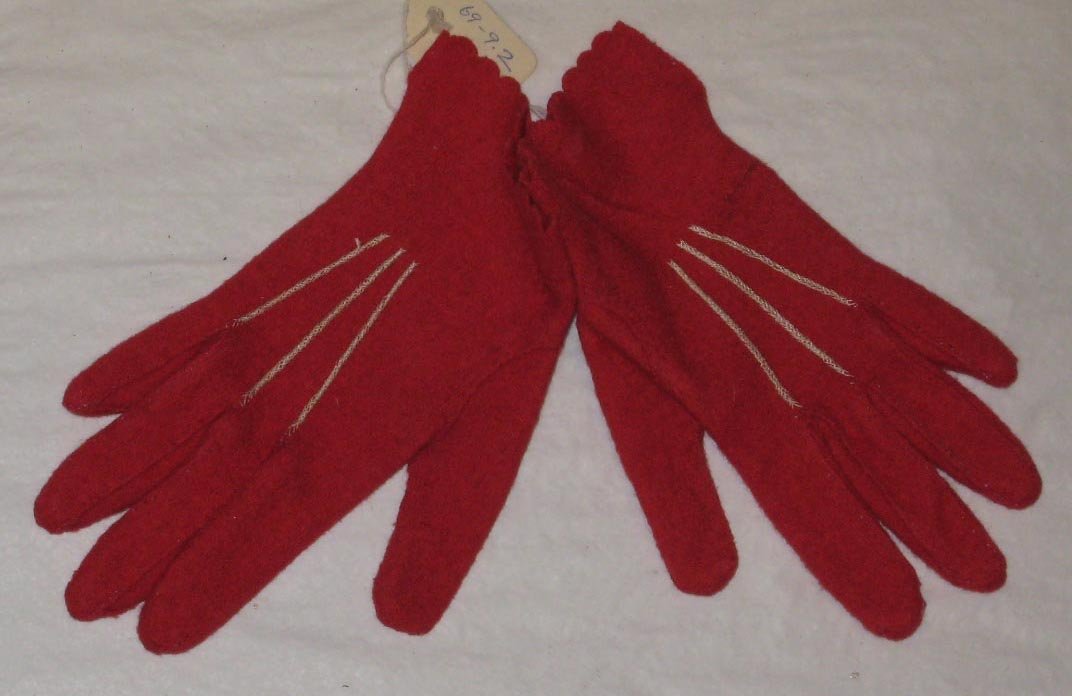
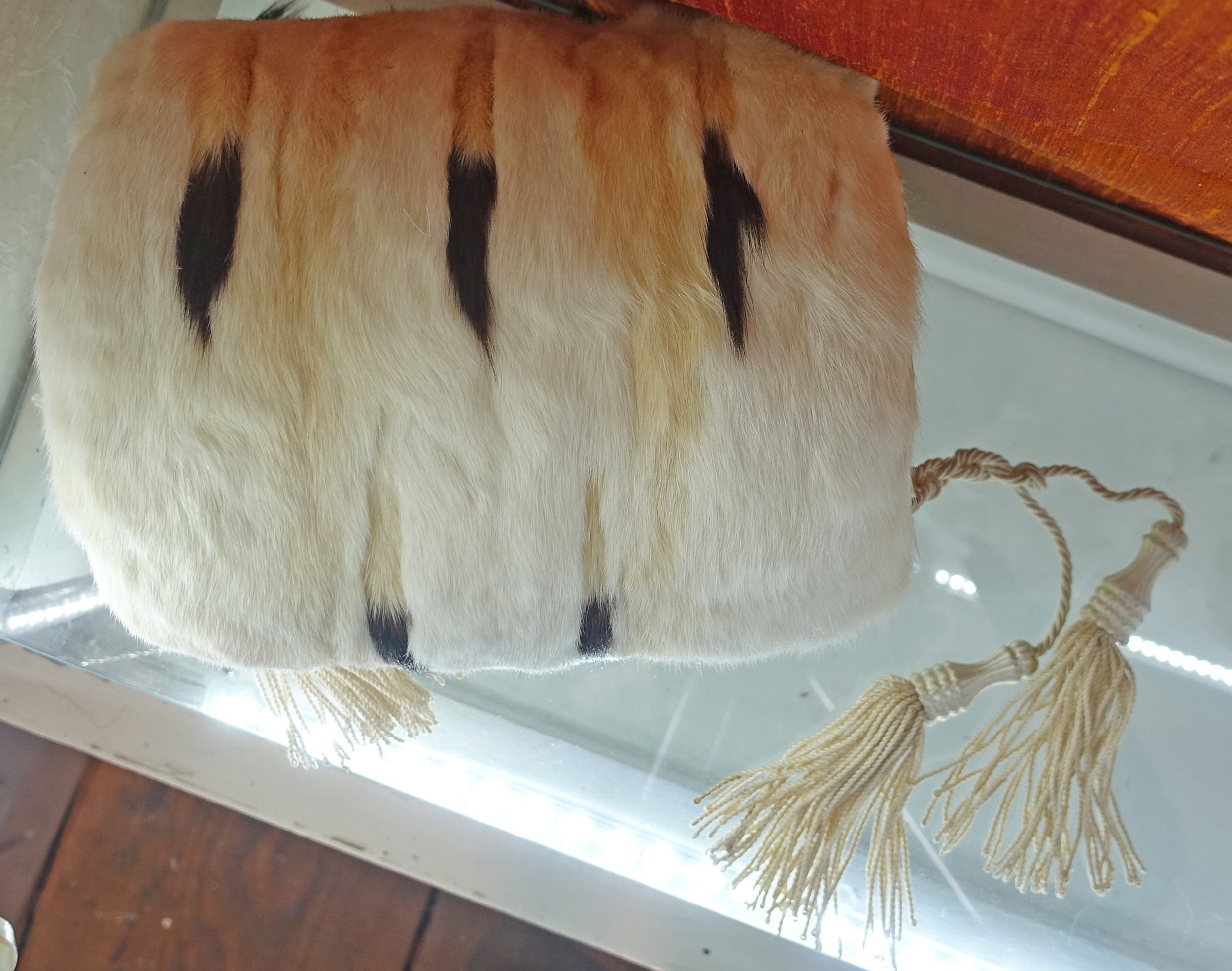
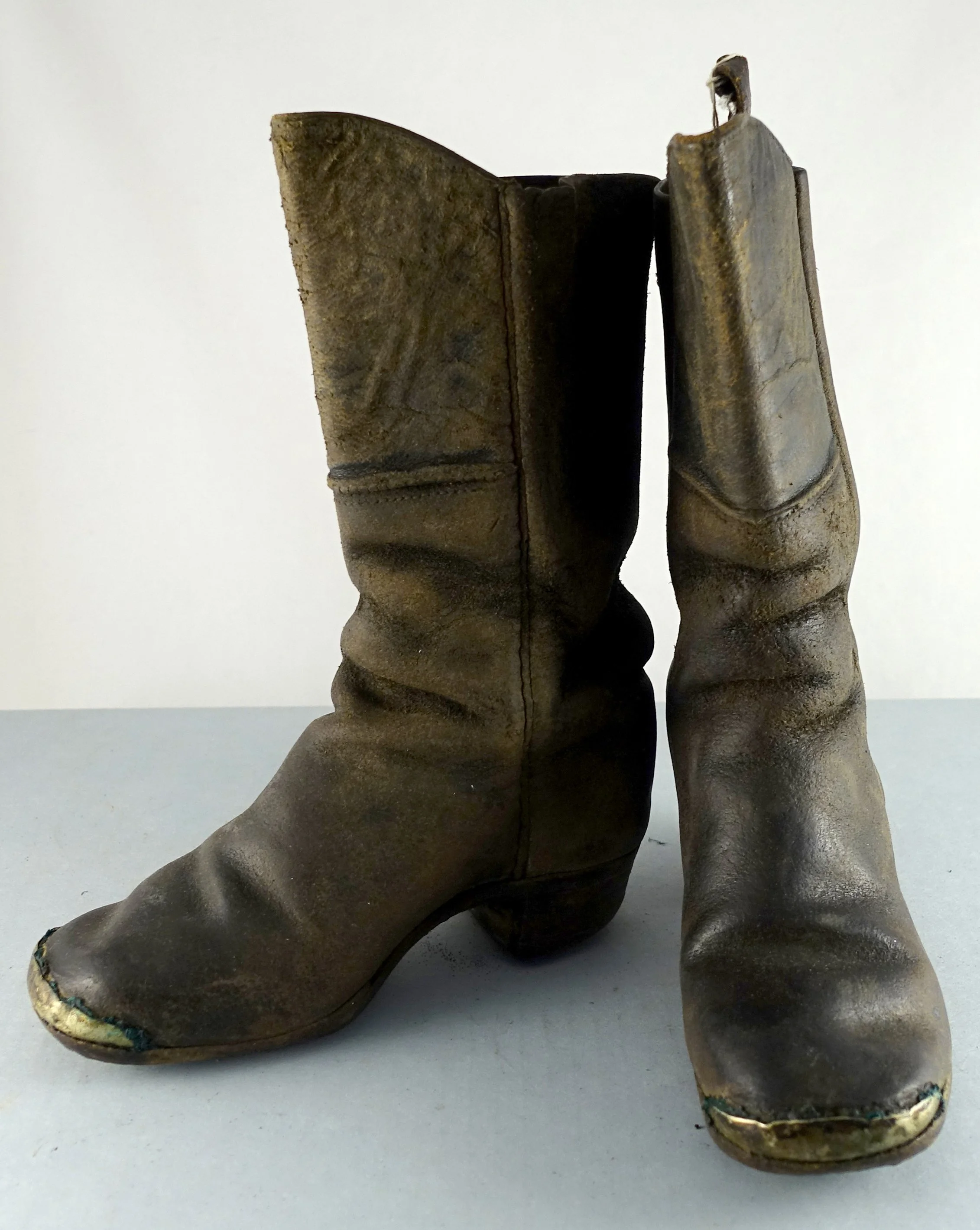
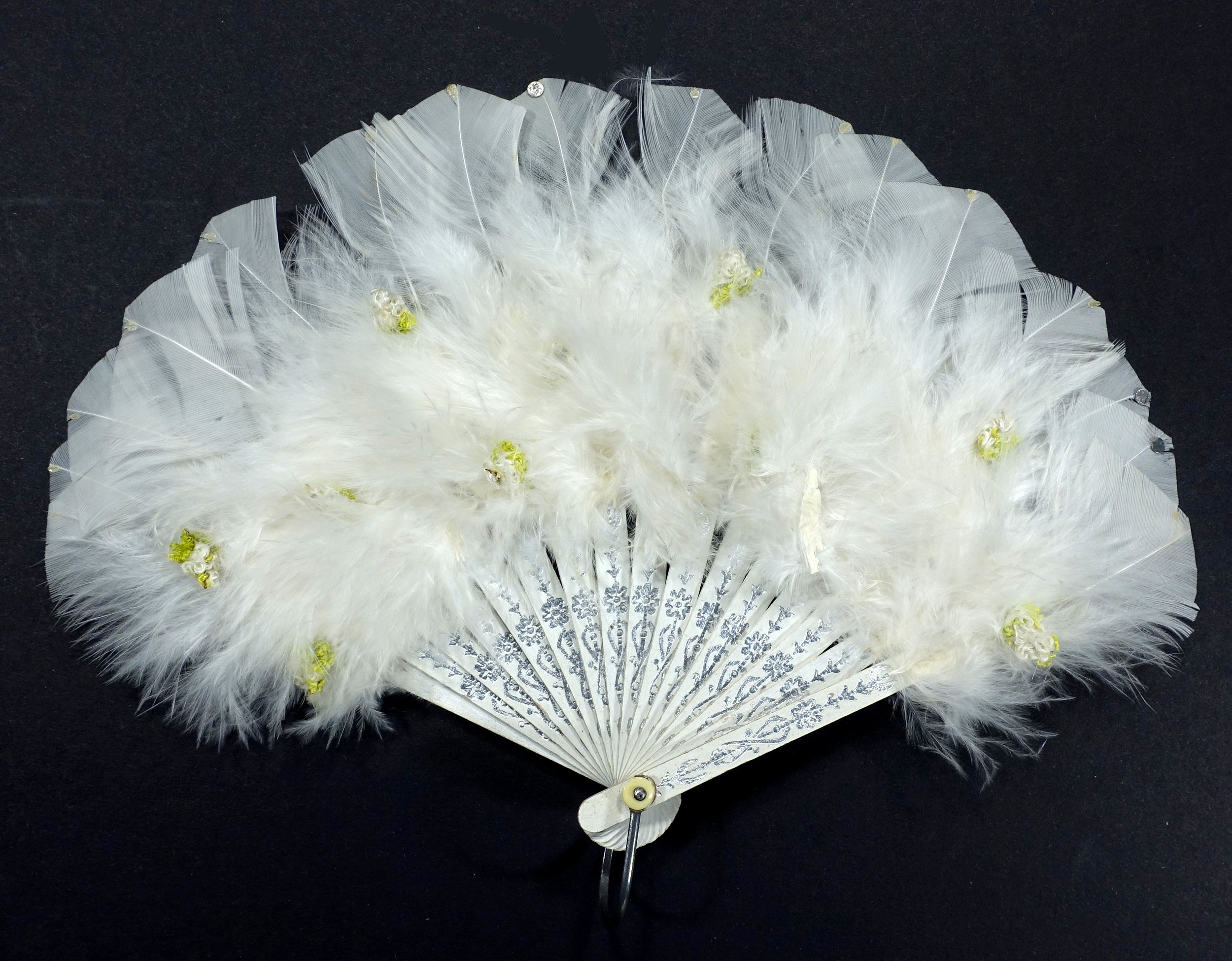


Baby’s First Clothes
Before a baby was born, it was important to gather together the clothes and accessories the baby would need in its first months. Often the expectant mother would make these items – caps, gowns, bibs, diapers, blankets. Sometimes friends would help as well. Charities had layette boxes that they would lend to poor families, recognizing that all infants need to be kept warm and dry.
